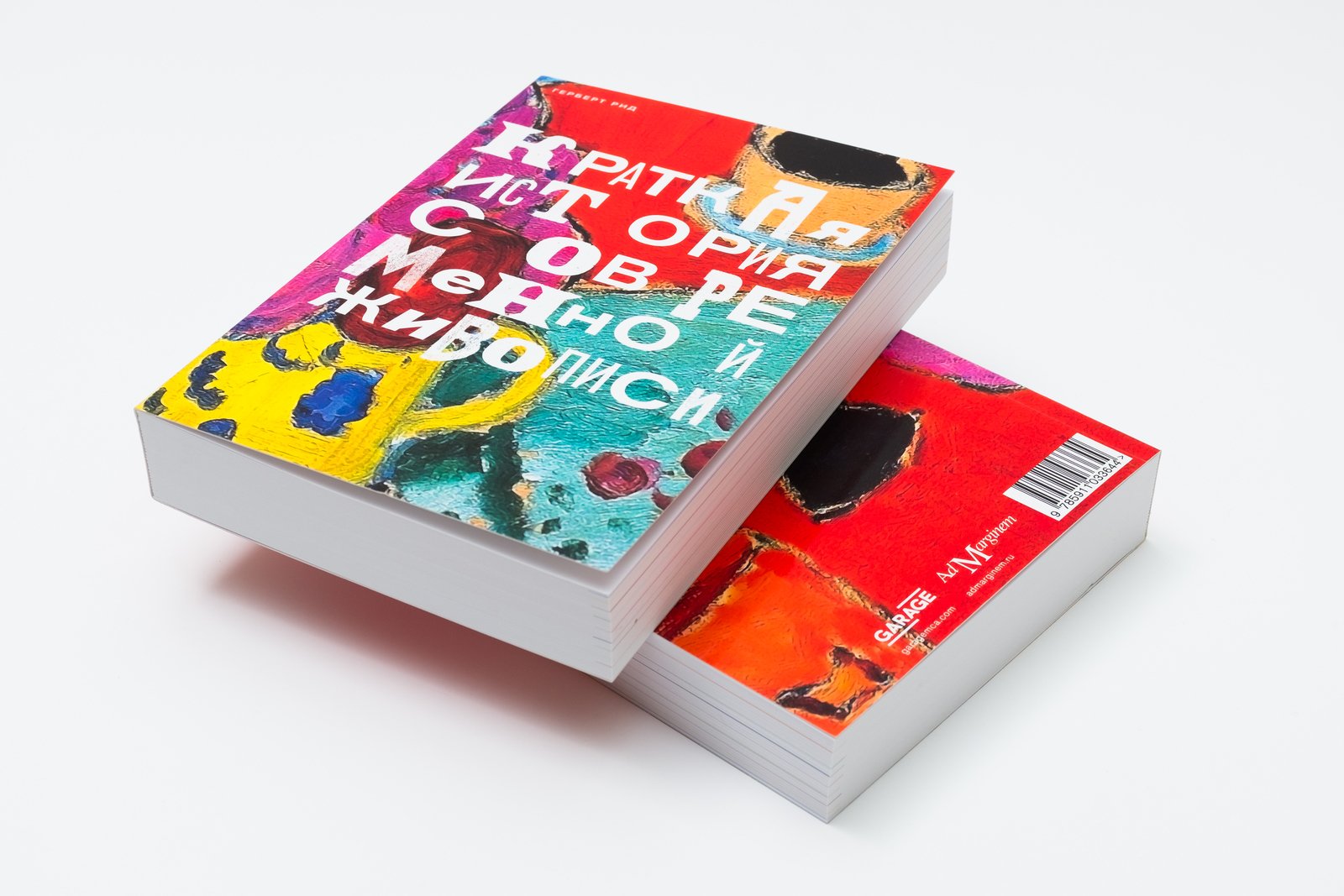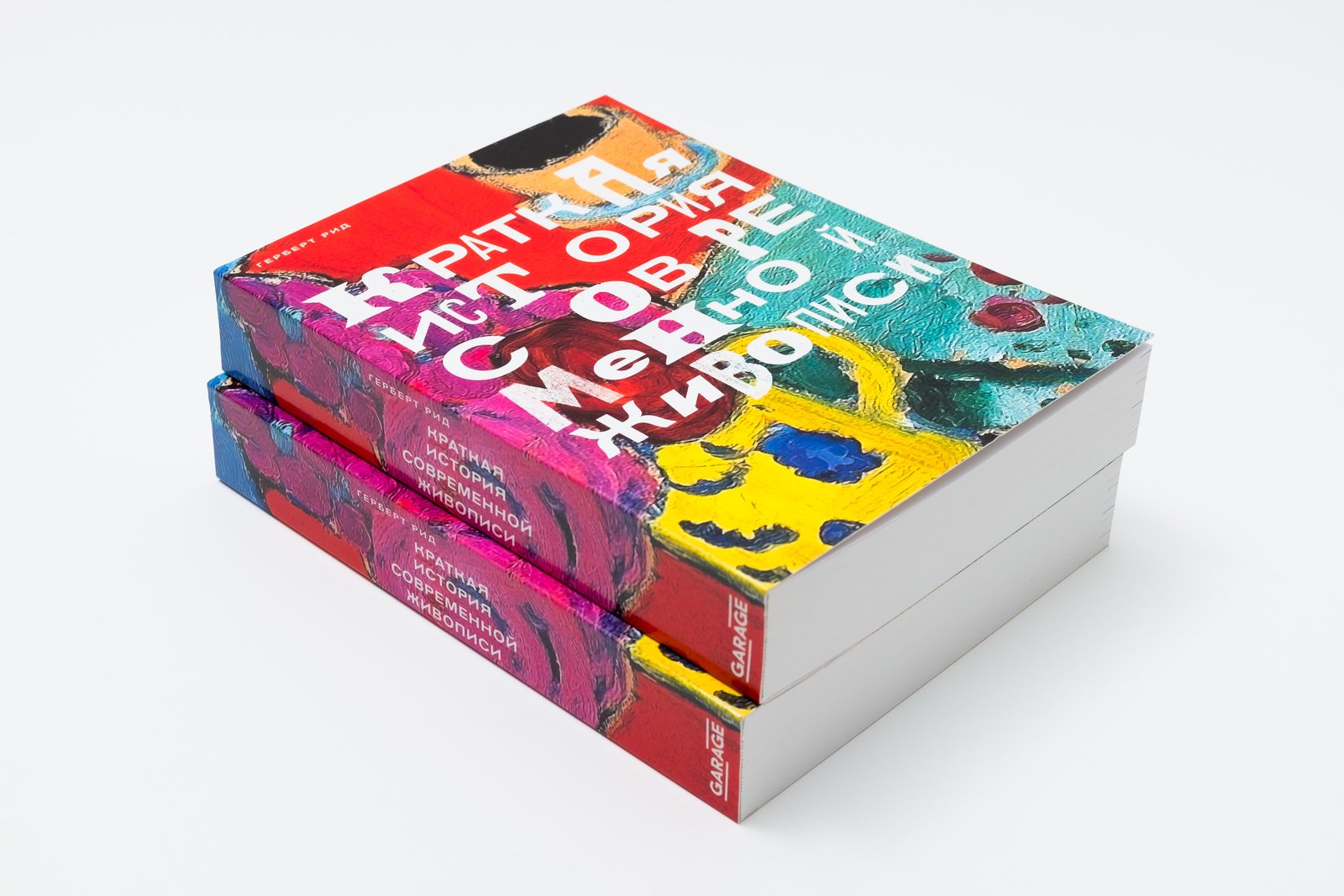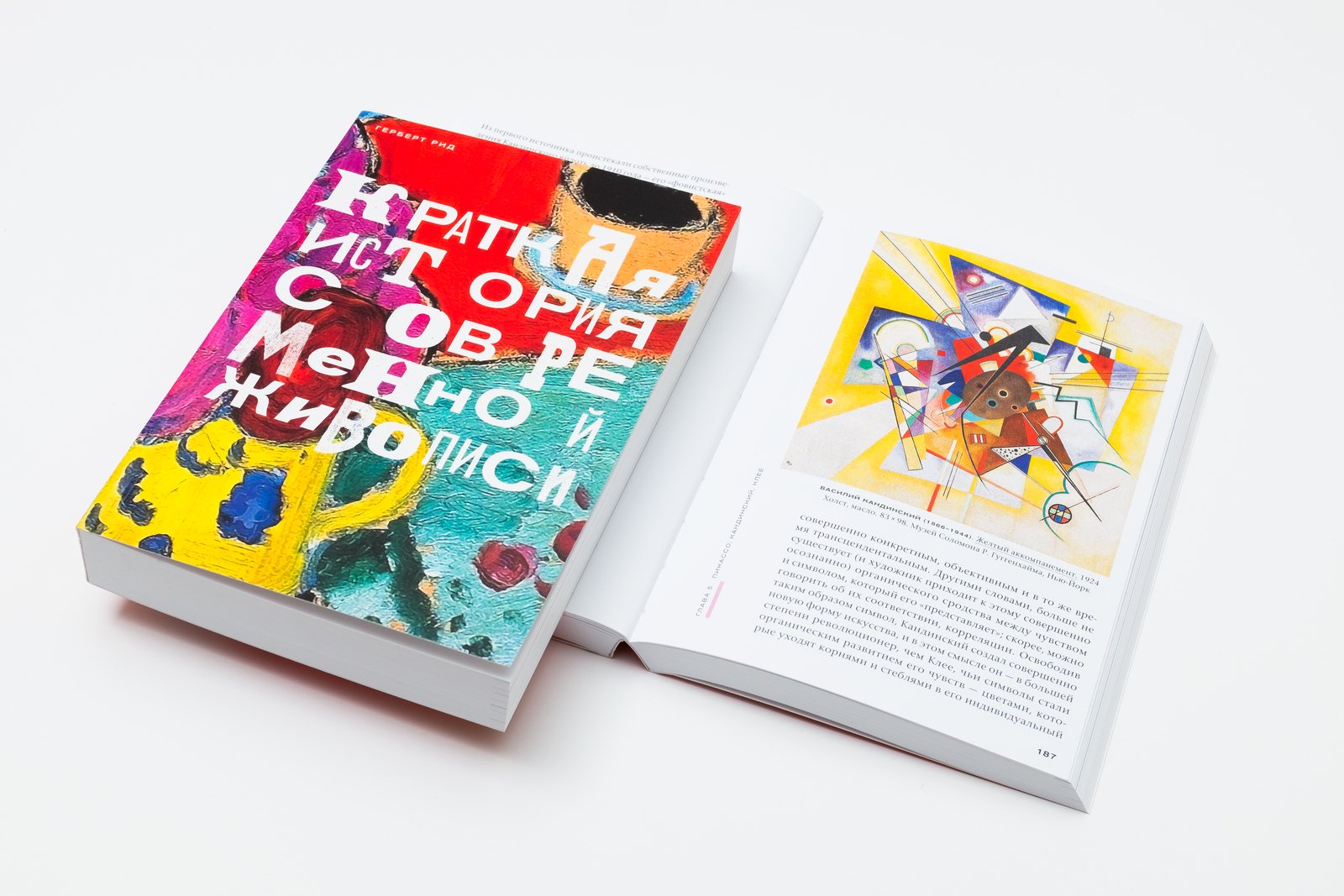The essential work by one of the founders of the London Institute of Contemporary Art (ICA, 1946) explains the beginnings and the evolution of modern painting.
For British art historian Herbert Read, what came to be known as modern painting was contemporary, and his Concise History offers a modernist’s view on modernism. Although he was strongly influenced by Sartre’s existentialism and Freud and Jung’s psychoanalysis, Read’s theory of art was generally idealistic, and his art history, as he admits in the preface, consisted of an evolution of styles.
This formalist approach was popular at the time most of the text was written (late 1950s) and despite the fact that it was later replaced by a postmodernist historiography, which rejected the idea of a linear history in favour of tying art to social processes, Read’s book remains one of the best works on the subject.
While his main focus is on modernist painters, Read also discusses their stylistic precursors—impressionists and postimpressionists. At the same time, many influential artists who did not make a fundamental contribution to modernism as understood by Read (Balthus, Edward Hopper, Stanley Spencer, and the Mexicans Orozco, Rivera, and Siqueiros) are absent from his narrative. The last chapter of the book is devoted to abstract expressionism, which the author believes to have been the highest point of modernism and the beginning of its decline.
The volume also includes the chapter After Abstract Expressionism, written by British art historians Caroline Tisdall and William Fever—at the request of Read’s son Benedict—translated into Russian for the first time. This final chapter looks at attempts to overcome the crisis of modernist painting by particular artists and entire movements (from pop art, minimalism and arte povera to the 1960s and early 1970s’ performance and conceptualist artists





